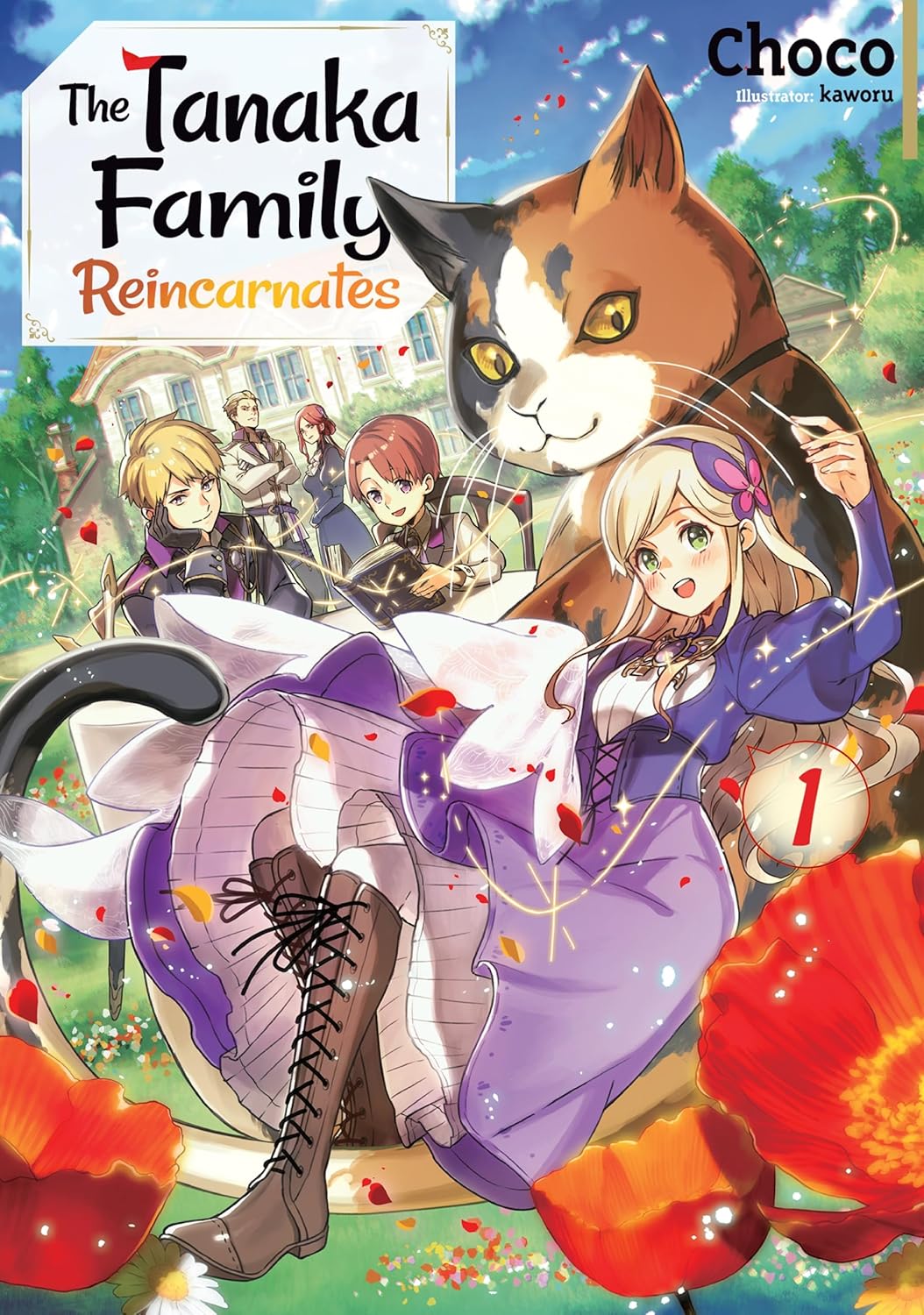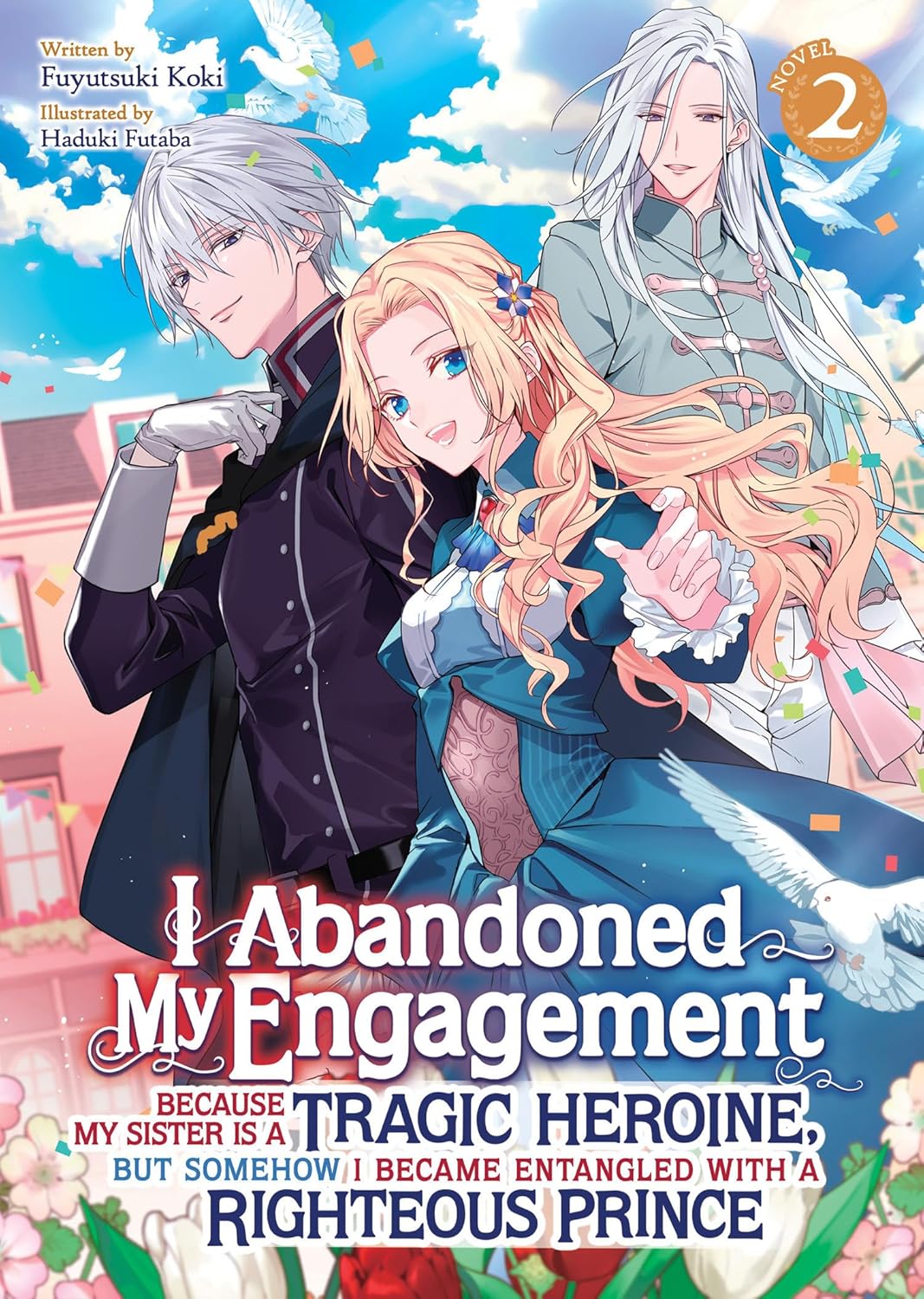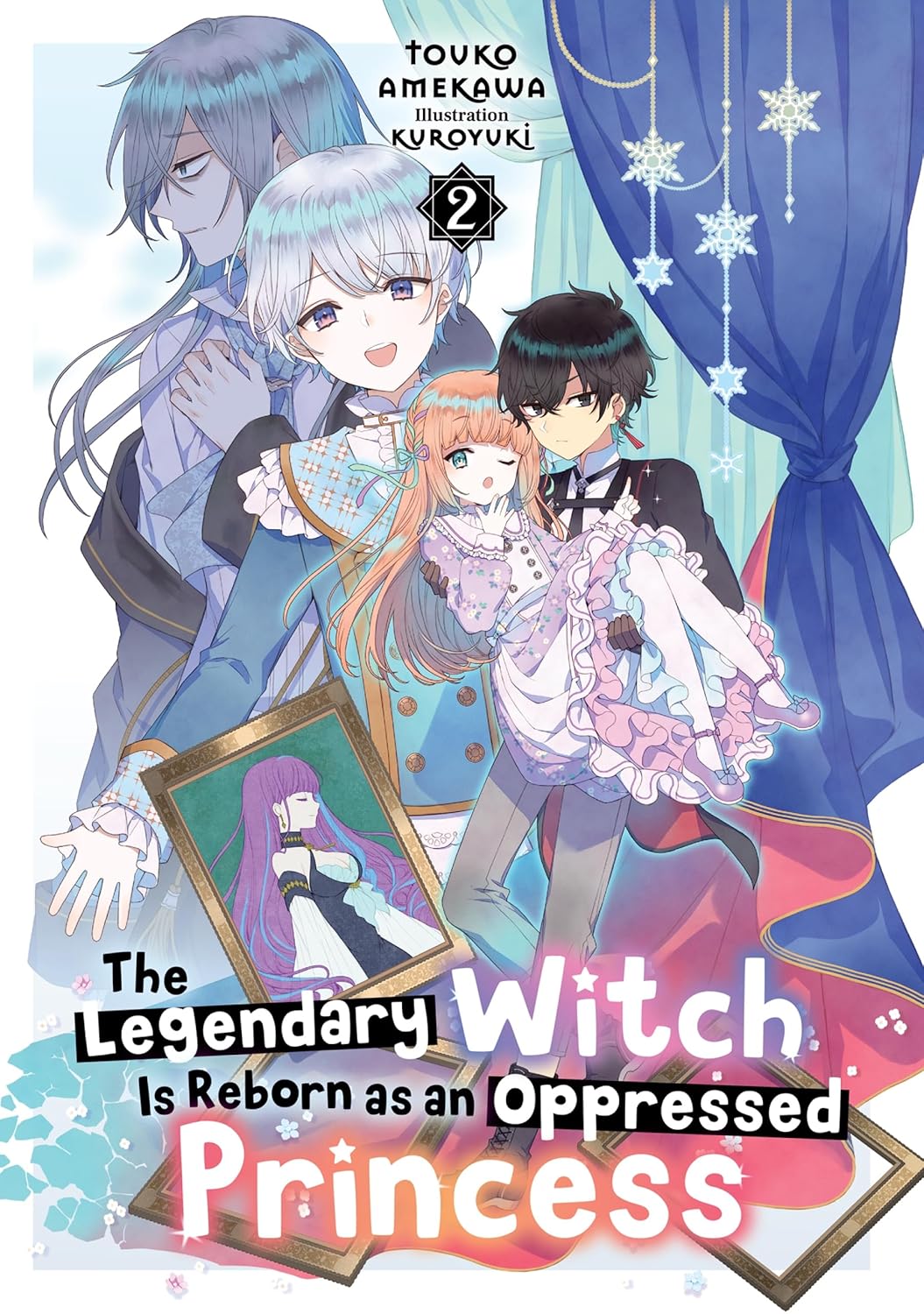By Choko and kaworu. Released in Japan as “HTanaka-ke, Tensei Suru” by Dragon Novels. Released in North America by J-Novel Club. Translated by Sasha Schiller.
OK, this was an absolute hoot. I suspected I would enjoy it when I first saw the license announcement, but I wasn’t aware just how much fun I would have. It’s not perfect, but the things that annoyed me are things that I tend to get annoyed at in most light novels, rather than being unique to this one (obsession with large breasts by the heroine, the lolicon stuff). Our heroine is fun, the family in general is in that “stupidly competent” genre, where people tend to magically be fantastic at everything and solve everyone’s problems while being blissfully unaware of it. There’s also a really good and deadly serious fight in the third quarter of the book, allowing the author to show that this isn’t just going to be for laughs. I even enjoyed the worldbuilding, which at first suggests this family is reincarnated from our Japan, but as the volume goes on we realize that our Japan is not quite as cat-obsessed as the Tanakas’ Japan, and that something has it in for our heroine.
The Tanakas, consisting of the 65-year-old parents and their three middle-aged children, are sitting down to dinner at the daughter’s condo when they are all killed by what seems to be a massive earthquake. Minato, the daughter and our protagonist, wakes up to find that she is now Emma, a cute 11-year-old noble who is absolutely obsessed with bugs. To her surprise, she finds that Emma’s younger brother William is her own younger brother… and yes, the rest of their family are all Tanakas as well. They’re actually quite wealthy, thanks to their silkworm cultivating, but they’re located, for the moment, out in the sticks. And now they all have past memories, particularly Emma, who was eccentric in Japan and is even more so here, and she’s going to take this new world by storm… after finding a pet cat.
The Tanakas feel like an actual family that’s grown up in close proximity, and I howled at how they all realized that they were actually all Tanakas reincarnated, rather than it just being them with some other family. The siblings act like siblings, with George and William trying desperately to not have Emma somehow blow everything up – especially as she’s a gorgeous little girl in this world, so everyone pays a lot more attention to her. I also loved the subplot with Rose, the king’s favored concubine, who after giving birth to two children is unceremoniously shipped out to the sticks, and has been having a very bad time of it. How she ends up bonding with Emma may annoy me a bit (hint: she’s stacked), but I appreciated how she no longer felt anyone saw her as anything but an extension of her children. As for the monster which leads to the biggest threat in the book, this is another reversal that relies on the reader knowing their light novel lore, and I appreciated the threat – and how it leads to permanent damage, if thankfully less than expected.
The next volume has the family all moving from the countryside into the capital, and I have a suspicion we’re getting a magic academy arc, even if magic is super rare in this world. And yes, I haven’t mentioned the giant cats, and where they come from. Or the giant spider, who would get along well with Mr. Crawly Wawly. Basically, assuming you don’t mind the usual Japanese light novel cliches, this is a huge winner, and I can’t wait for more.


